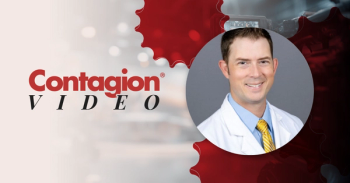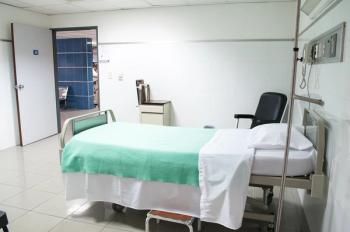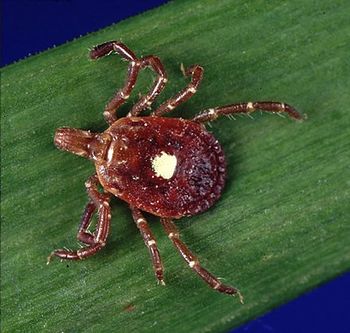
UNAIDS 90-90-90 Goal Looks to be Achievable
The results of a new study in the Journal of the American Medical Association (JAMA) provide strong evidence that the goals of the United Nation’s Program on HIV/AIDS (UNAIDS) are indeed possible.
By now, every clinician treating HIV knows these numbers: 90, 90, and 90.
Although on the surface these numbers seem redundant, they actually, of course, refer to the stated goals of the
Thankfully, there is some evidence that implementation of testing and treatment programs can be effective. Most recently, this has been demonstrated in a
In all, the study followed 77,774 residents of the region who underwent HIV testing at the 16 centers and followed them for a period of 2 years. All of the study participants had their HIV serostatus and plasma HIV RNA levels assessed annually during multidisease health campaigns or via home-based testing (to avoid the stigma of clinic visits). Those who tested positive for HIV were offered ART “using a streamlined delivery model designed to reduce structural barriers, improve patient-clinician relationships, and enhance patient knowledge and attitudes about HIV.” This model included establishing close relationships between clinical staff and patients, and other unique approaches.
Baseline HIV prevalence was 10.3% among the study participants, and 44.7% of those who were HIV positive had viral suppression at baseline. After 2 years of the streamlined ART treatment, 80.2% of the HIV positive participants had viral suppression. Furthermore, 2 years into the program, 95.9% of all HIV-positive individuals had been previously diagnosed, and 93.4% of those previously diagnosed had received ART. Finally, 89.5% of those treated had achieved viral suppression. These numbers, obviously, effectively reflect the stated objectives of UNAIDS.
Unfortunately, the authors of the JAMA paper were unable to respond to requests for comment, as they are still working in the field in East Africa. However, in a
Brian P. Dunleavy is a medical writer and editor based in New York. His work has appeared in numerous healthcare-related publications. He is the former editor of Infectious Disease Special Edition.
Newsletter
Stay ahead of emerging infectious disease threats with expert insights and breaking research. Subscribe now to get updates delivered straight to your inbox.




























































































































































































































































































